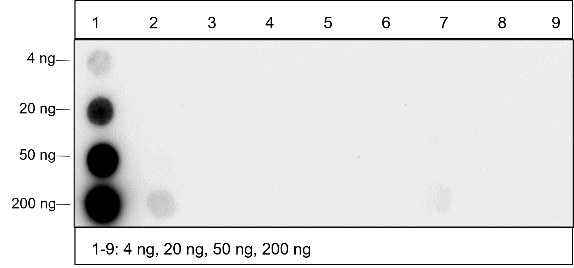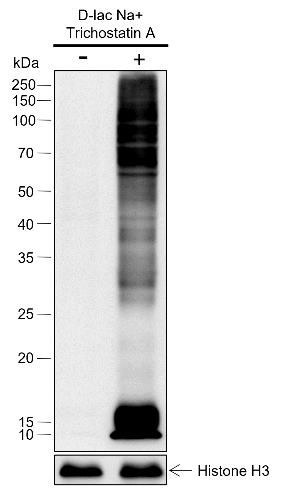Background
D-lactyl lysine (KD-la) refers to the addition of D-lactate to lysine residues in proteins. This modification was first reported by Professor Yingming Zhao's team at the University of Chicago in 2024, with the findings published in Nature Chemical Biology. KD-la is formed by an uncatalyzed reaction between proteins and S-d-lactoylglutathione (LGSH), which is produced through the glyoxalase pathway. The glyoxalase pathway involves two enzymes: glyoxalase 1 (GLO1) and glyoxalase 2 (GLO2). GLO1 conjugates methylglyoxal (MGO), a byproduct of glycolysis, to glutathione to form LGSH, which is then hydrolyzed by GLO2 to produce D-lactate and regenerate cellular glutathione. In humans, L-lactate is a ubiquitous metabolic product that plays a key role in energy metabolism, especially during muscle activity. In contrast, D-lactate is not a product of normal human metabolism but is primarily produced by certain microorganisms such as yeasts and some bacteria during fermentation. The potential harmfulness of D-lactate to the human body mainly lies in its accumulation under specific conditions, particularly in cases of intestinal microbiota dysbiosis, short bowel syndrome, or certain disease states. Excessive production of D-lactate can lead to Dlactic acidosis, which may present symptoms of acidosis such as low blood bicarbonate levels, decreased blood pH, and hyperuricemia. In severe cases, it can cause neurological symptoms such as seizures, ataxia, and altered consciousness. This antibody has undergone rigorous specificity validation and binds exclusively to lysine KD-la, without cross-reactivity with its isomers lysine KL-la and Kce.
Cellular location
/



